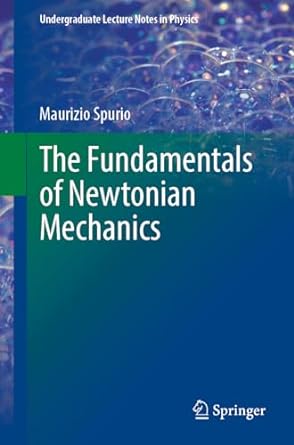A box of mass (M=38.6 mathrm{~kg}) rests on a horizontal plane with static friction coefficients (mu_{s}=0.810) and
Question:
A box of mass \(M=38.6 \mathrm{~kg}\) rests on a horizontal plane with static friction coefficients \(\mu_{s}=0.810\) and dynamic friction coefficients \(\mu_{d}=0.525\). You want to move the box by applying a force of magnitude \(F\) through an inextensible rope of negligible mass, which forms an angle \(\theta\) with the horizontal plane. After drawing the system and indicating what forces are involved:
1. determine, as \(\theta\) varies, the minimum value of the magnitude \(F\) required to move the box.
2. Calculate the angle \(\theta_{s}\) that makes the minimum force \(F\) required to move the box, and the numerical value of that force.
3. After the box is set in motion, calculate the value \(F_{1}\) of the force that must be applied while keeping the angle \(\theta_{s}\) fixed in order for the box to move with constant velocity.
4. The force required to maintain uniform rectilinear motion can be reduced by varying the angle \(\theta\). For what angle \(\theta_{d}\) is this force minimal? Compared with item 2, is the frictional force increased or decreased?
Step by Step Answer:






